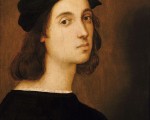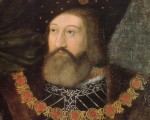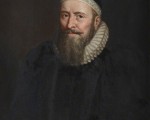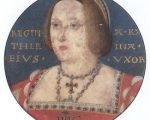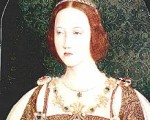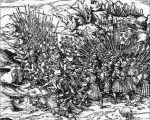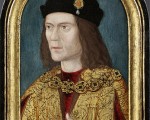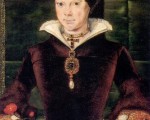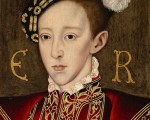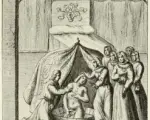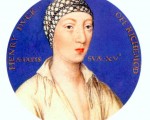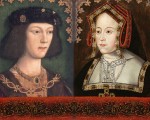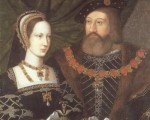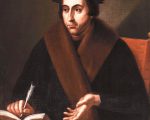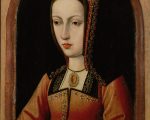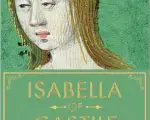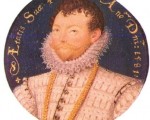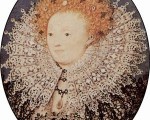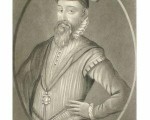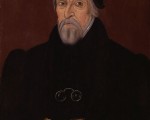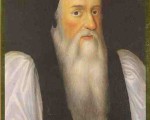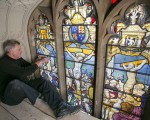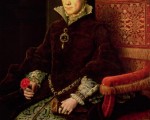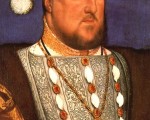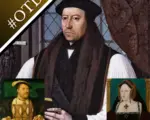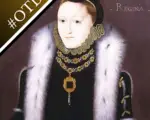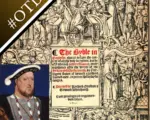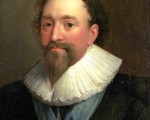
2nd April:
1502 – Arthur, Prince of Wales, son and heir of King Henry VII and Elizabeth of York, died at Ludlow Castle in the Welsh Marches. He was just fifteen years old, and had only been married to the Spanish princess Catherine of Aragon for four and a half months.
1536 – Anne Boleyn’s almoner, John Skip, preached a rather controversial sermon in front of the King. Skip spoke on the Old Testament story of King Ahasuerus “who was moved by a wicked minister to destroy the Jews” but Queen Esther stepped in with different advice and saved the Jews. In Skip’s sermon, Henry VIII was Ahasuerus, Anne Boleyn was Queen Esther and Thomas Cromwell, who had just introduced the “Act of Suppression of the Lesser Monasteries” into Parliament, was Haman, the “wicked minister”.
1552 – The fourteen-year-old Edward VI fell ill with measles and smallpox. Fortunately, he survived. His biographer, Chris Skidmore, believes that it was this bout of illness which suppressed the King’s immune system and which led to him dying of consumption (tuberculosis) on the 6th July 1553.
1559 – The Peace of Cateau-Cambrésis, ending the Italian Wars, was signed between Henry II of France and Elizabeth I of England.
1568 – Death of Sir Ambrose Cave, member of Parliament, Chancellor of the Duchy of Lancaster and Knight of the Hospital of St John of Jerusalem, at the Savoy. He was buried at Stanford after a funeral at the Savoy Chapel.
1571 – Death of Richard Onslow, lawyer, Solicitor-General and Speaker of the House of Commons. He caught a fever in Shrewsbury, while visiting his uncle there.

